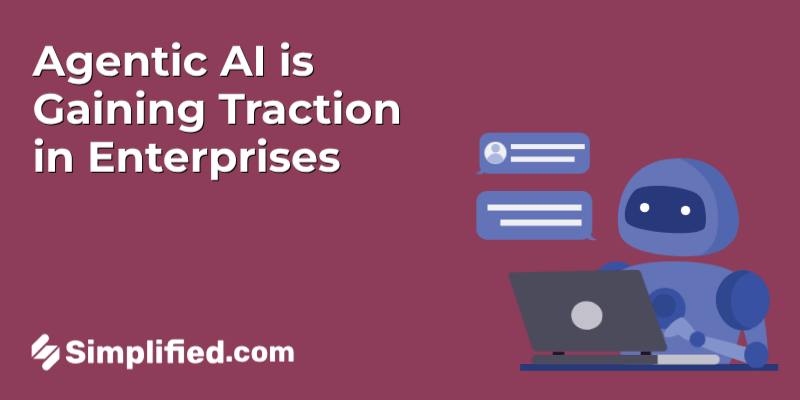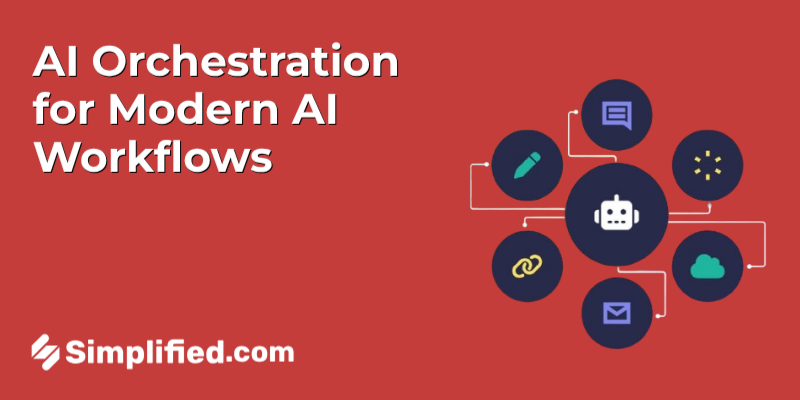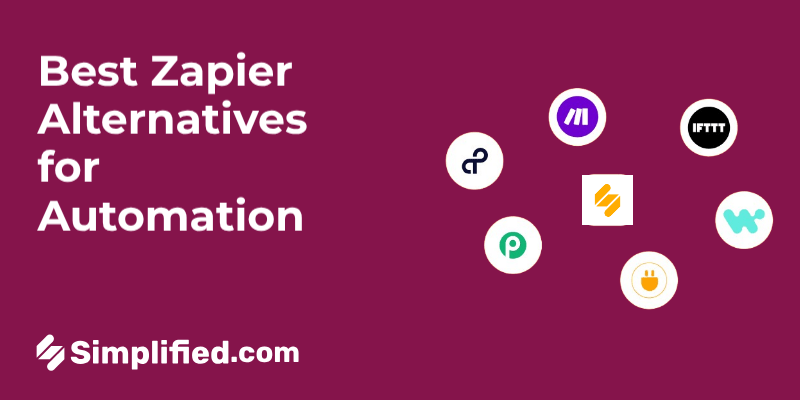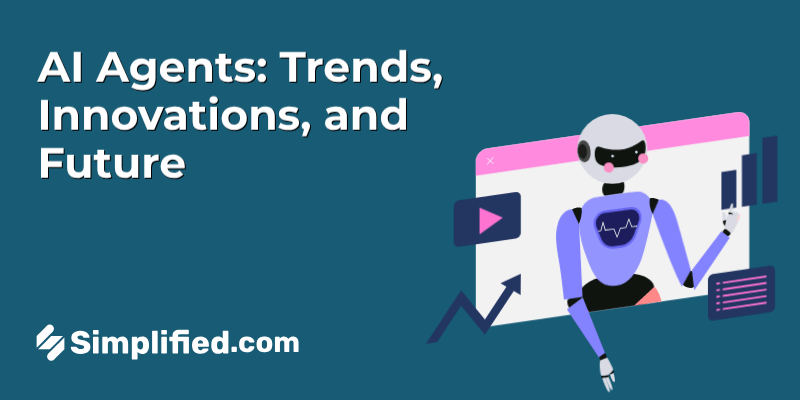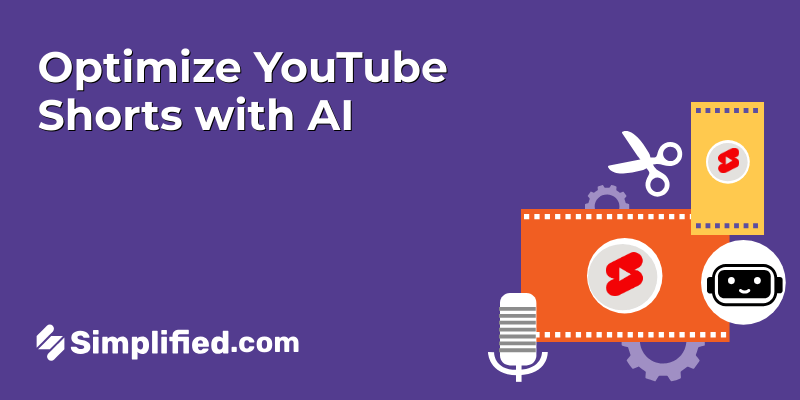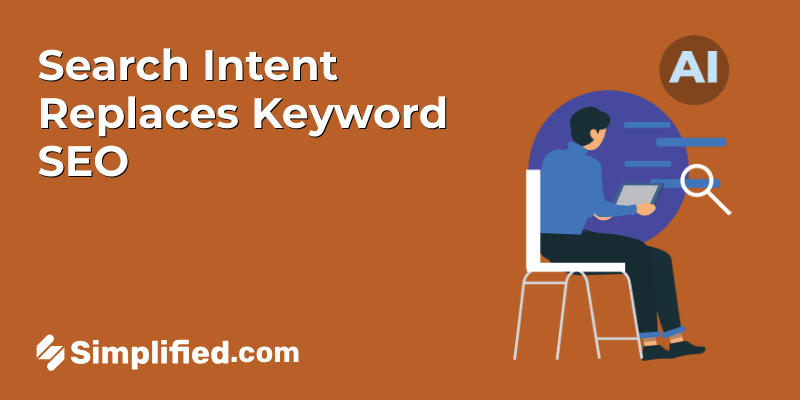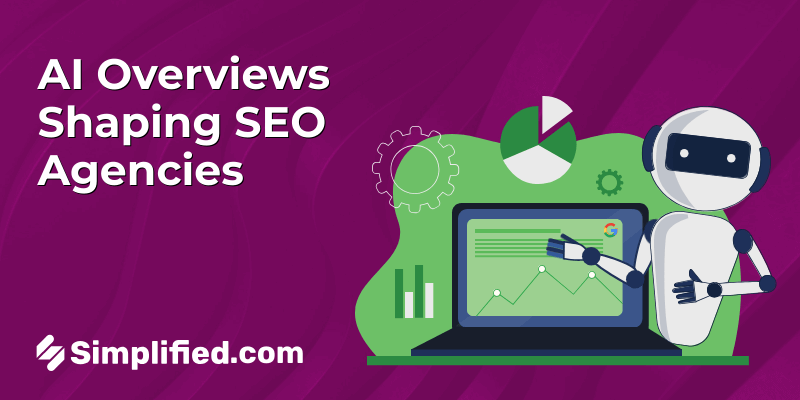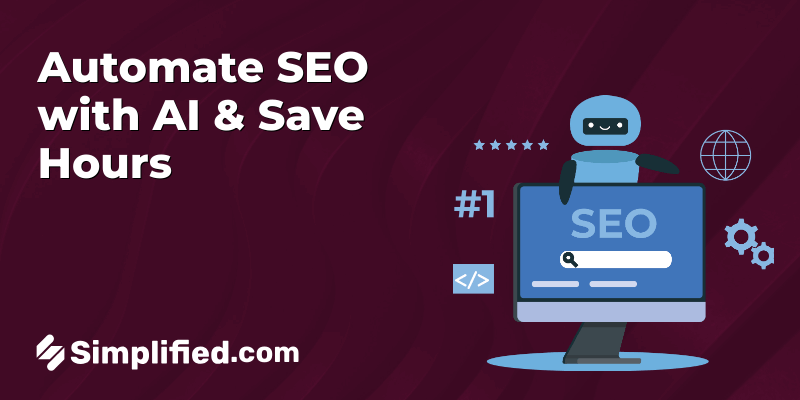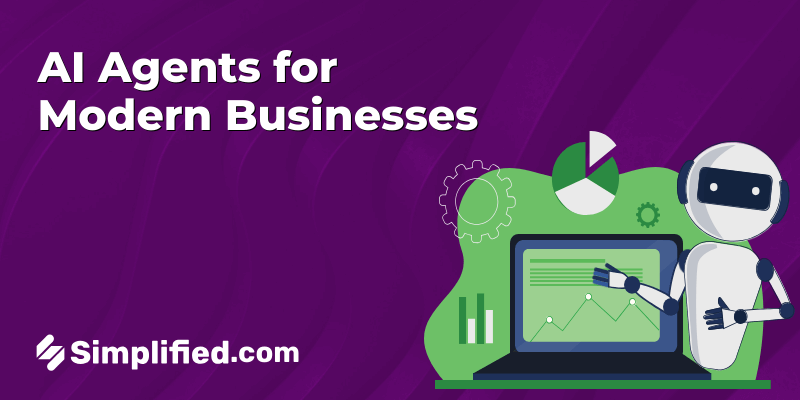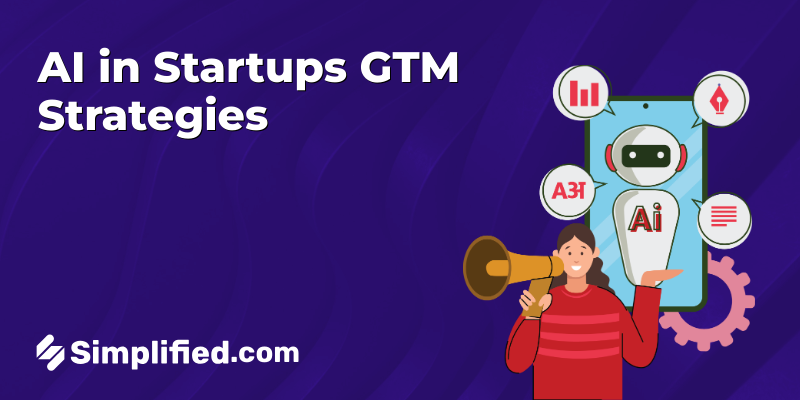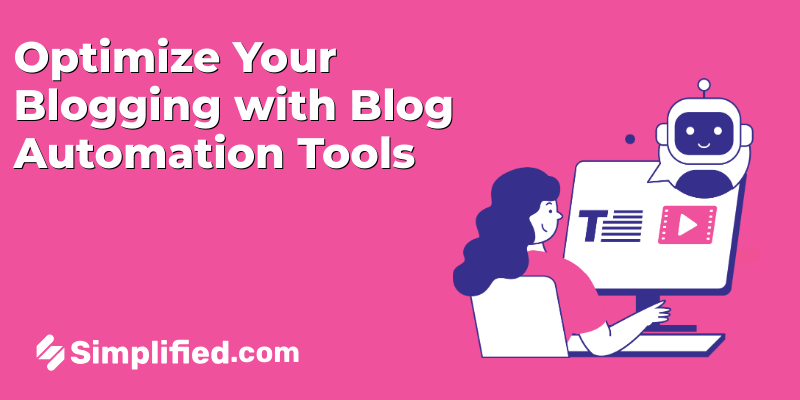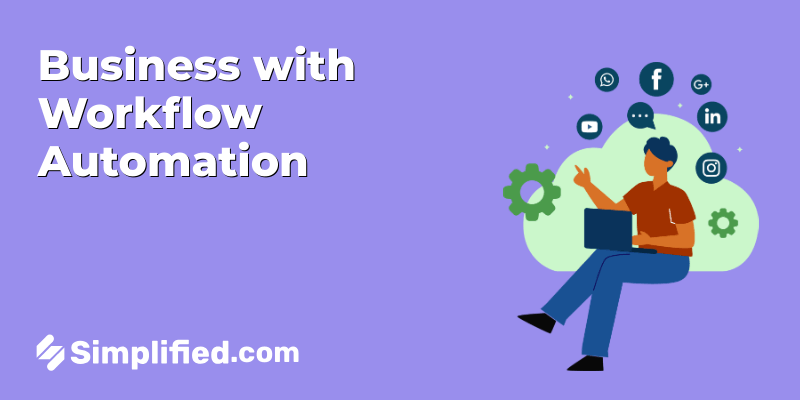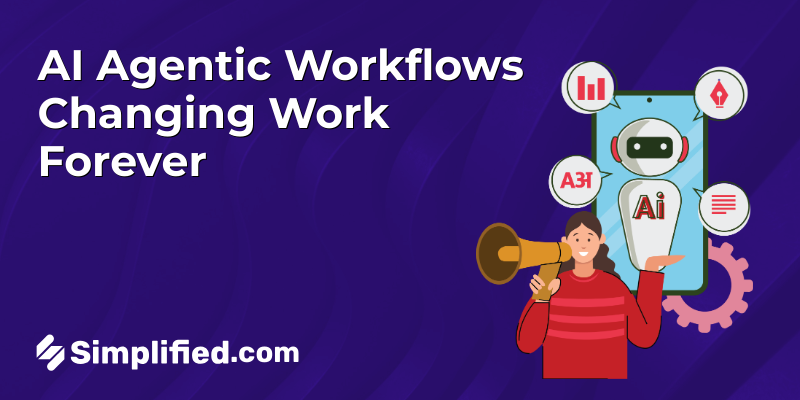
Imagine a workplace where tasks are completed before you even realize they’re needed. This futuristic scenario is becoming a reality as businesses transition from manual processes to AI-driven systems. The evolution from standard automation to AI agentic workflows represents more than just a technological upgrade—it’s reshaping the very fabric of how we work.
AI agentic workflows are shaking up the workplace in a big way. We’re seeing changes in how teams communicate, how projects are managed, and even in the roles people play. It’s like having a new team member who never sleeps and always has the answers. But this isn’t just about making things faster or easier; it’s about changing the way we think about work altogether. From healthcare to finance, every industry is feeling the impact.
The Rise of AI Agentic Workflows in Modern Workplaces
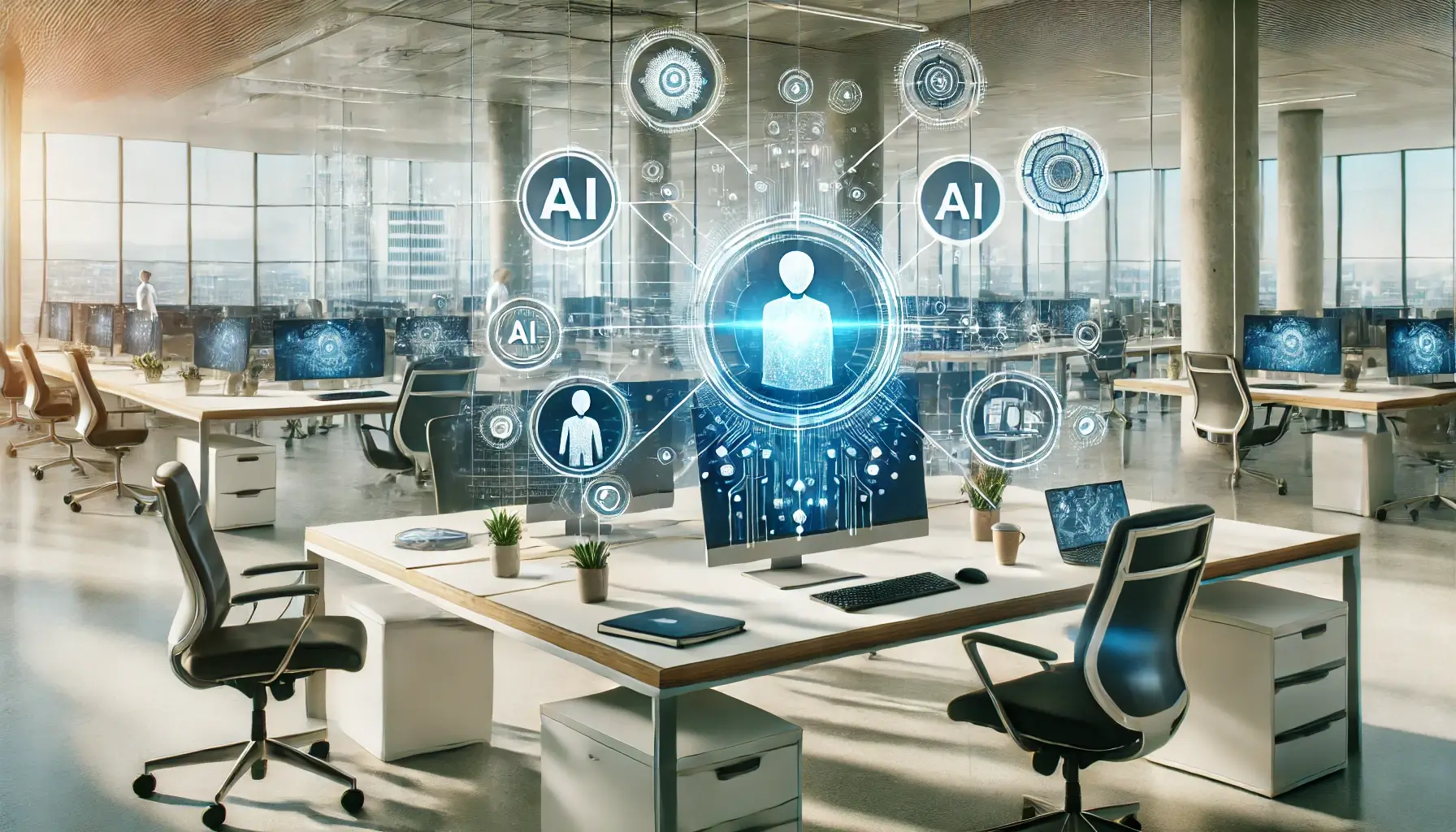
Understanding AI Agentic Workflows
AI agentic workflows refer to systems where artificial intelligence agents manage tasks with minimal human intervention. Unlike traditional automation, which relies on pre-programmed rules, these workflows use AI to autonomously make decisions, adapt to changes in real-time, and continuously improve based on data inputs.
AI agentic workflows are changing how we approach our daily tasks. These workflows are designed to operate with a degree of autonomy, minimizing the need for constant human oversight. Imagine an AI that not only schedules your meetings but also anticipates potential conflicts and resolves them before you even notice. That’s the power of AI agentic workflows. They are built to adapt and learn, making them more efficient over time.
Key Drivers of AI Adoption
Several factors are pushing the adoption of AI in workplaces. Firstly, there’s the promise of increased productivity. AI tools can handle repetitive tasks, freeing up employees to focus on more strategic work. Secondly, there’s the potential for cost savings. By automating processes, companies can reduce the need for manual labor. Lastly, the competitive edge that AI provides cannot be ignored. Companies that adopt AI early can position themselves ahead of the curve.
Bonus: AI Agents for Modern Businesses: Everything You Need to Know
AI Agentic Workflows vs. Traditional Automation
Traditional automation excels in executing repetitive, rule-based tasks with precision and reliability. These systems are typically built to follow predefined instructions, making them ideal for processes like data entry, batch processing, or basic customer service tasks. However, they fall short when faced with dynamic and unpredictable scenarios.
In contrast, AI agentic workflows redefine how tasks are managed by incorporating:
- Real-Time Adaptability: Traditional systems operate within rigid boundaries, but AI-driven workflows are equipped to adapt to sudden changes. For instance, an AI agent in logistics can reroute deliveries mid-transit based on real-time traffic updates or weather conditions, ensuring minimal disruption.
- Data-Driven Insights: While traditional automation follows pre-programmed logic, AI agentic systems continuously analyze vast datasets to derive actionable insights. In customer service, for example, AI can identify emerging trends from customer feedback and proactively suggest improvements to the service process.
- Autonomous Multi-Step Execution: Unlike traditional systems that often require manual triggers for each step, AI workflows can autonomously handle complex, multi-step processes. This capability is particularly evident in project management, where AI can not only prioritize tasks but also assign resources, monitor progress, and adjust timelines without human intervention.
These capabilities mark a significant shift from linear, rule-based systems to dynamic frameworks that learn and evolve. This evolution is pivotal for businesses aiming to stay competitive in an environment where adaptability and innovation are key.
Additionally, the distinction becomes clearer in the way these systems handle errors or unexpected scenarios. Traditional systems often require manual troubleshooting when something goes awry, while AI agentic workflows are designed to self-diagnose issues and recalibrate accordingly, significantly reducing downtime.
Bonus: Top Workflow Automation Tools for Business Operations
Key Ways AI Agentic Workflows Are Transforming Work

1. Redefining Task Management
AI agentic workflows excel in managing tasks autonomously, adapting dynamically to evolving needs. Unlike traditional systems that rely on static instructions, these workflows make decisions based on real-time data. For example: In project management, AI agents automatically assign tasks to team members based on workload, skillsets, and deadlines. They also monitor progress and adjust priorities as new tasks emerge or project goals shift.
2. Optimizing Decision-Making
AI workflows analyze vast amounts of data faster than any human team, offering actionable insights to guide strategic decisions. For example: In the finance industry, AI systems predict market trends by analyzing historical data, news feeds, and real-time trading patterns, helping investors make informed decisions about asset allocation or stock trading.
3. Improving Customer Engagement
AI workflows enable businesses to provide personalized, timely responses to customer needs. For example: In customer service, virtual assistants handle basic queries like order tracking or troubleshooting while escalating complex issues to human representatives. This combination ensures faster resolutions and better customer satisfaction.
4. Enhancing Workplace Collaboration
AI tools facilitate cross-team collaboration by organizing workflows, sharing resources, and maintaining communication. For example: In marketing, AI-powered platforms centralize campaign data, enabling teams to collaborate seamlessly. Creative teams can access performance metrics instantly to adjust strategies in real time.
5. Reducing Operational Costs
By automating routine tasks, businesses can lower operational costs without compromising quality. For example, in manufacturing, AI-driven robots automate routine tasks on assembly lines with precision, ensuring consistency in production while reducing labor expenses associated with repetitive tasks.
6. Promoting Scalability
AI agentic workflows make it easier for businesses to scale operations without proportional increases in resources. For example: A small business using AI for email marketing can manage campaigns for thousands of customers without adding more staff. The system automatically segments audiences, personalizes messages, and schedules follow-ups.
7. Mitigating Human Error
AI workflows are programmed to perform tasks consistently, minimizing errors that can occur in manual operations. For example: In healthcare, AI checks prescriptions for potential drug interactions, significantly reducing the risk of adverse effects for patients.
8. Enabling Continuous Learning
AI workflows improve over time by learning from data and feedback, ensuring processes become more efficient. For example: In cybersecurity, AI identifies potential threats by analyzing patterns of past attacks. As new threats emerge, it adapts and updates protocols to safeguard sensitive information.
9. Fostering Innovation
With repetitive tasks handled by AI, employees have more time to focus on creative problem-solving and strategic initiatives. For example: In advertising, creative teams can use AI to analyze consumer behavior while dedicating their efforts to developing impactful campaigns and storytelling.
10. Reducing Employee Burnout
AI agentic workflows take on time-consuming administrative tasks, allowing employees to focus on fulfilling, higher-value work. For example: In HR, AI automates candidate screening by filtering resumes and scheduling interviews, giving recruiters more time to engage with top candidates personally.
Bonus: Implementing Workflow Automation For Business Expansion
The Challenges No One’s Talking About (and Their Solutions)

Challenge 1: Ethical Concerns
AI systems can unintentionally perpetuate biases or operate without clear oversight, raising ethical dilemmas.
- Solution: Establish comprehensive guidelines for AI usage that emphasize transparency and fairness. Regular audits and feedback loops can ensure systems remain unbiased and accountable.
Challenge 2: Workforce Displacement
The introduction of AI into workflows can lead to fears about job loss, particularly in roles involving repetitive tasks.
- Solution: Companies should prioritize upskilling and reskilling employees. By offering training programs that equip workers with AI-related skills, organizations can empower their workforce to adapt to new roles and responsibilities.
Challenge 3: Data Privacy and Security
The increasing reliance on AI necessitates the handling of large volumes of sensitive data, heightening privacy concerns.
- Solution: Implement stringent security measures such as encryption, access controls, and regular vulnerability assessments. Adhering to global data protection standards ensures compliance and builds trust with users.
Challenge 4: Over-Reliance on AI
Excessive dependence on AI can lead to situations where human oversight is diminished, increasing the risk of errors or poor decision-making in unforeseen circumstances.
Solution: Foster a balanced approach where human judgment complements AI capabilities. This can include establishing protocols that involve humans in critical decision-making processes and periodically reviewing AI performance to ensure alignment with organizational goals.
How AI Agentic Workflows Operate: Examples of tools and systems enabling these workflows
AI agentic workflows operate through autonomous AI agents that manage tasks, make decisions, and adapt based on real-time data with minimal human intervention. These workflows consist of key components:
- Perception Module: Collects and processes environmental data.
- Decision-Making Engine: Analyzes the data and determines actions based on predefined goals and learning.
- Action Execution Module: Carries out the decisions made by the agent.
- Learning Mechanism: Continuously adapts by learning from outcomes and adjusting decisions over time.
- Communication Interface: In multi-agent systems, allows agents to coordinate with each other.
These components work together to enable agents to autonomously complete tasks, improve over time, and respond to changing conditions.
Examples of Tools and Systems Enabling AI Agentic Workflows
1. DelegateFlow.ai
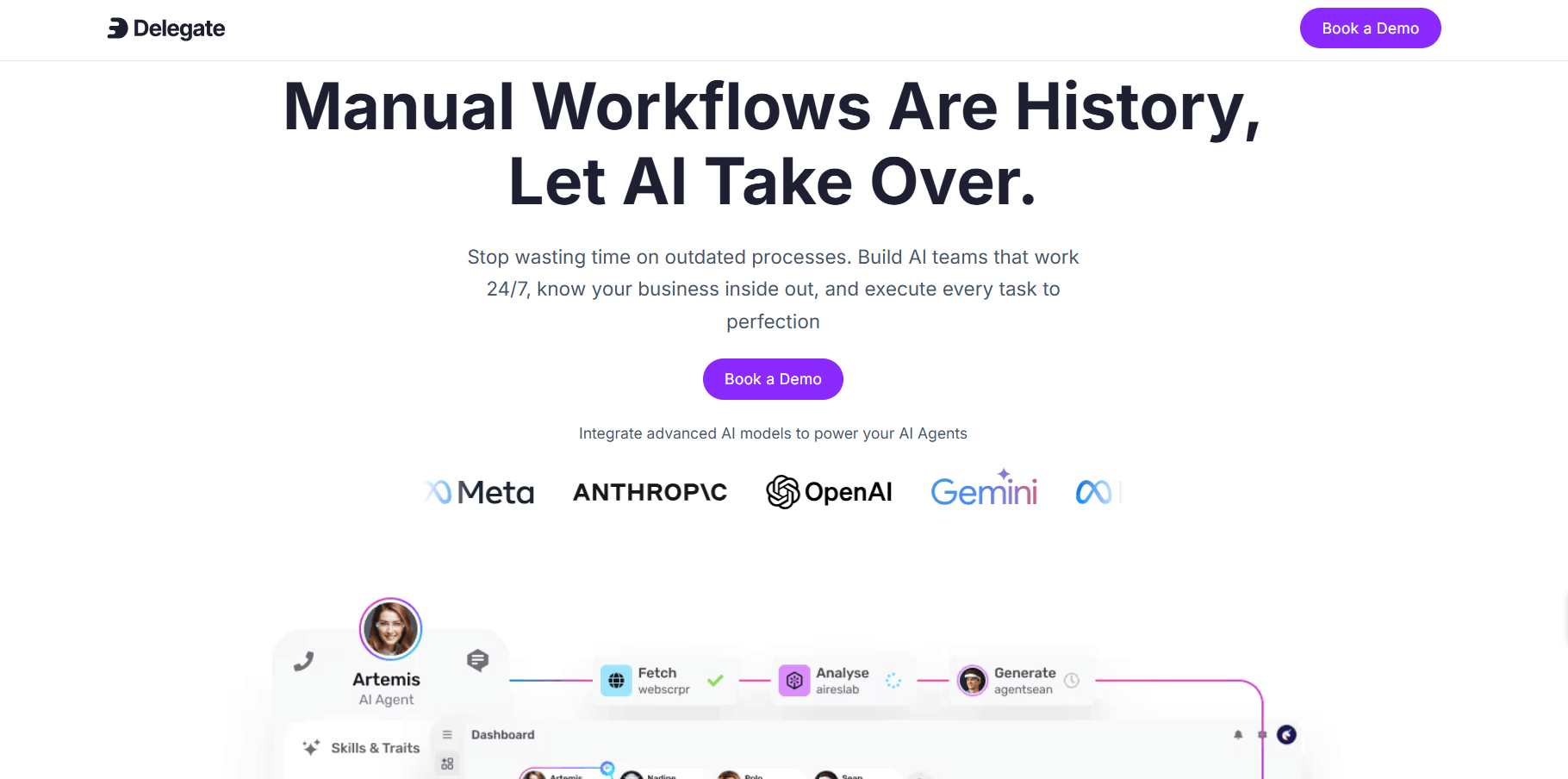
An AI-powered platform designed for building, automating, and scaling agentic workflows across industries. It allows businesses to deploy AI agents that autonomously handle a variety of tasks, from customer service to operations management, without constant human oversight.
2. n8n
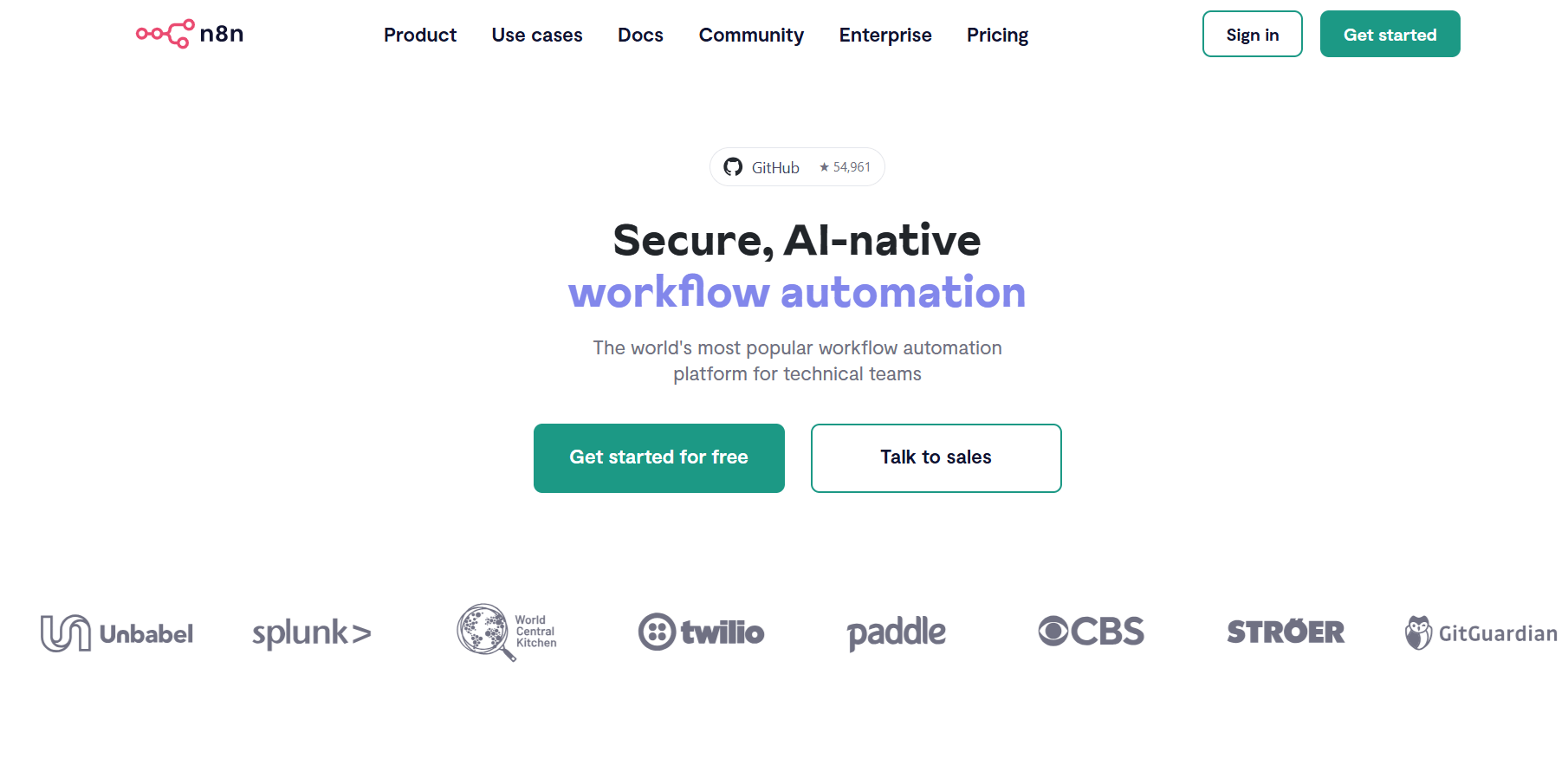
An open-source workflow automation tool that allows users to create complex workflows integrating AI agents, supporting both single-agent and multi-agent architectures.
3. Voiceflow
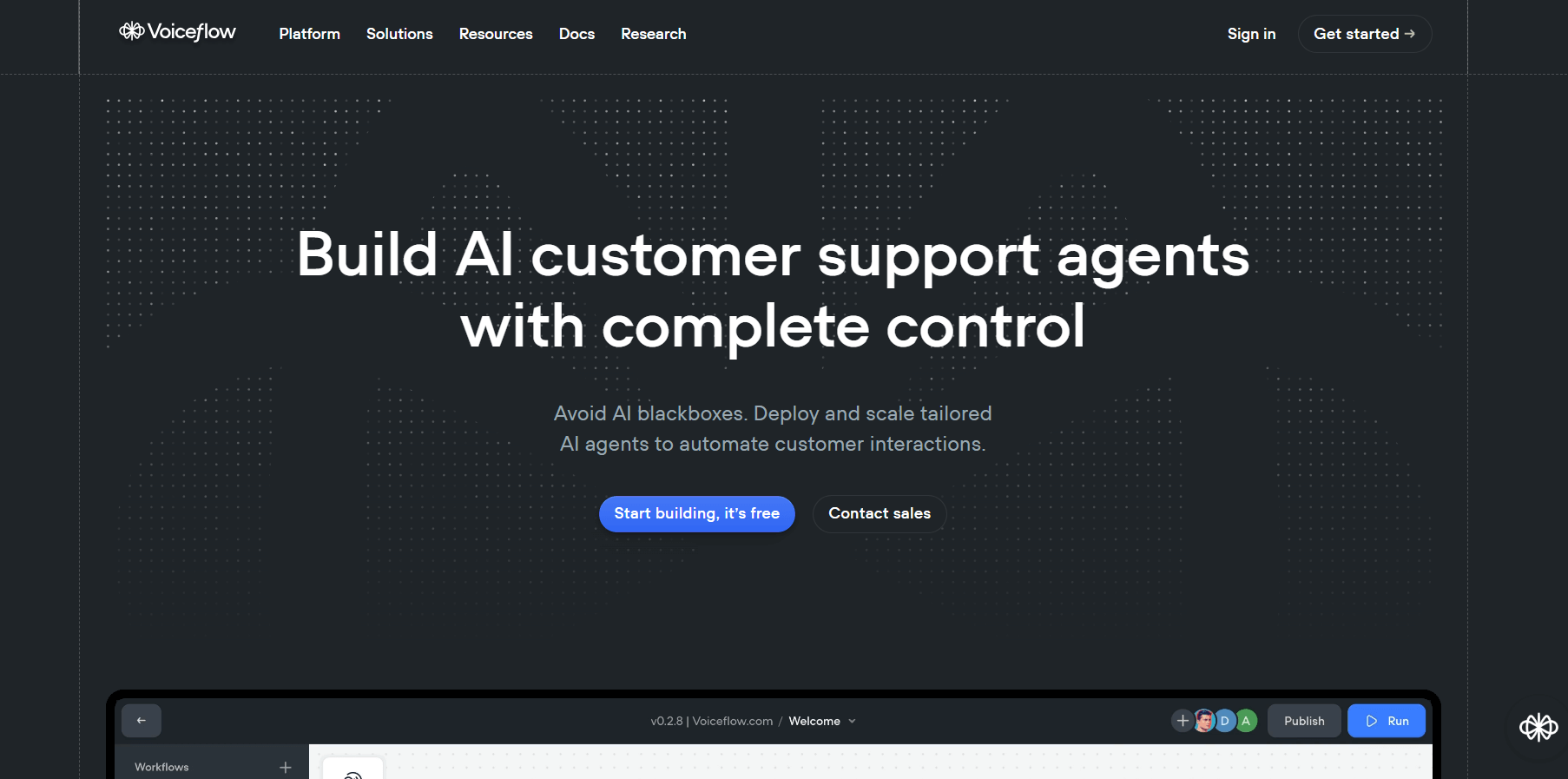
A platform enabling enterprises to design, test, and deploy AI agents for automating tasks such as customer support and business operations, providing an intuitive interface for building intelligent agents.
4. Botpress
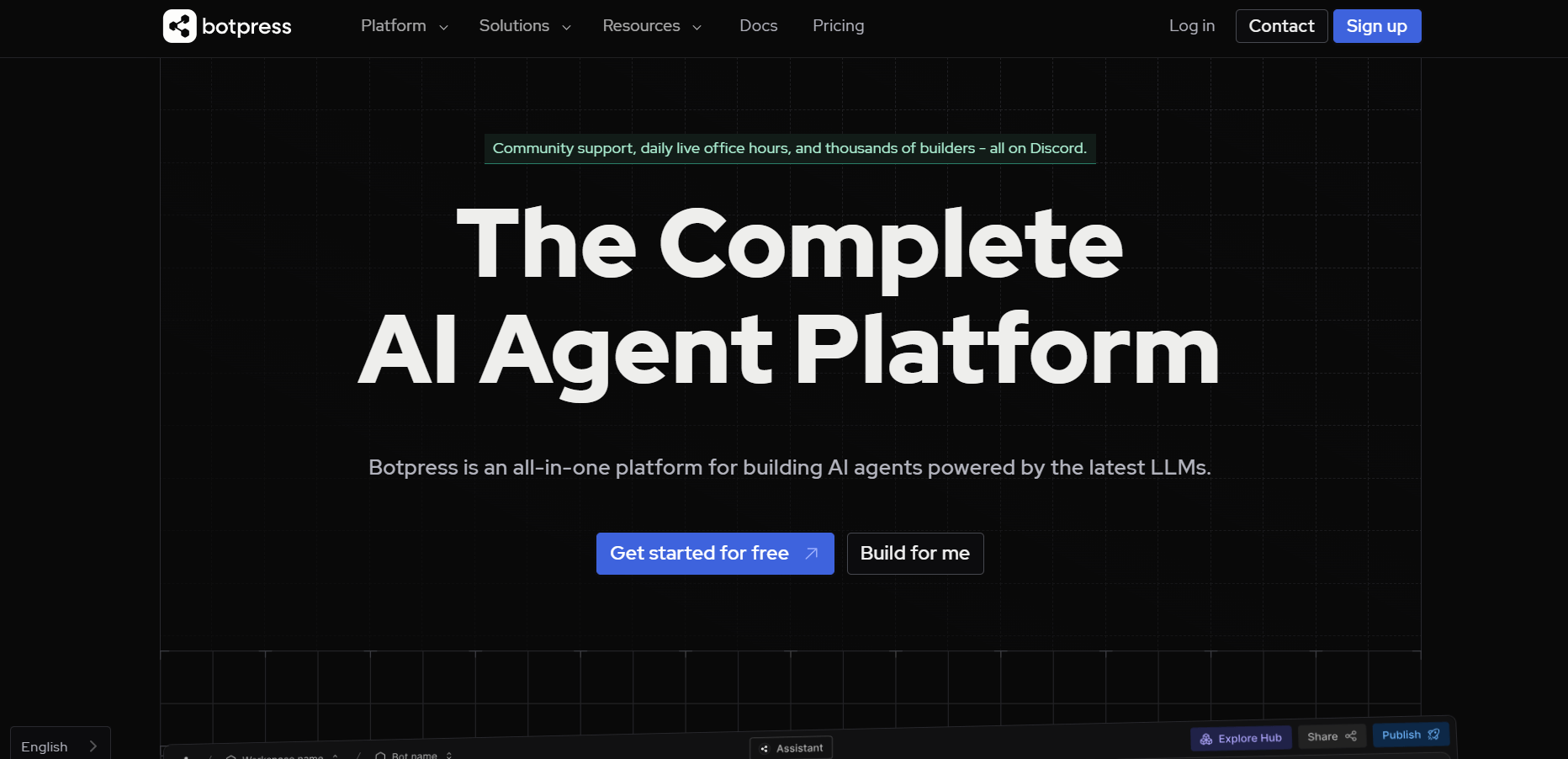
An open-source conversational AI platform supporting the development of AI agents capable of handling complex tasks and interactions across multiple touchpoints.
The Human-AI Collaboration: A New Era of Work

AI-driven workflows are changing the way humans and AI work together, enabling more productive work environments. AI handles repetitive tasks, allowing humans to focus on creative and strategic roles.
Augmenting Human Capabilities: How AI Agents Can Enhance Human Skills and Creativity
AI agents support humans in a variety of ways:
- Automating Repetitive Tasks: AI handles time-consuming tasks like data entry, scheduling, and more.
- Providing Personalized Learning Experiences: Platforms like AI-driven learning management systems can adapt content based on each learner’s progress, helping them stay engaged and succeed.
- Facilitating Collaboration Across Teams: AI helps coordinate tasks, schedules, and workflows, enhancing team efficiency.
Addressing the Human Element: The Importance of Ethical Considerations and Responsible AI Development
- Building Trust and Transparency in Human-AI Collaboration: Clear communication about AI processes, as well as ensuring employees feel empowered and in control, is essential for successful collaboration.
- Upskilling and Reskilling the Workforce: Upskilling helps workers learn advanced technical skills, like programming and AI, to stay competitive. Reskilling focuses on retraining for new roles that require strategic thinking, creativity, and interpersonal skills as AI automates tasks. Both are key to adapting in a changing workforce.
What’s Next for AI Agentic Workflows?
The future of AI agentic workflows is incredibly promising. As AI technology continues to evolve, we can expect even more advanced and specialized agents capable of performing a wider range of tasks with higher accuracy and adaptability. Key advancements on the horizon include:
Integration Across More Industries: AI agentic workflows will extend into more sectors, from education and legal services to real-time data analysis and beyond.
AI Agents with Emotional Intelligence: AI systems will increasingly be able to recognize and respond to human emotions, enabling more empathetic interactions and improving customer service experiences.
Greater Autonomy: AI agents will take on more complex decision-making roles, reducing human involvement and handling tasks that require high levels of judgment and adaptability.
Wrapping It Up
In summary, AI agentic workflows are reshaping industries by increasing efficiency, driving innovation, and transforming the way businesses operate. However, careful attention must be given to the ethical implications and the development of a skilled workforce to support AI adoption effectively.
Here are the Key Takeaways:
- Challenges in AI Implementation: While AI brings many benefits, it also presents challenges like ethical concerns and the need for workforce readiness to work alongside AI effectively.
- AI Tools Are Becoming Autonomous: AI tools are increasingly able to handle complex tasks with minimal human intervention, improving efficiency across workflows.
- Evolving Teamwork: AI is enhancing communication and project management, helping teams collaborate more effectively and focus on strategic tasks.
- Shifting Job Roles: As AI technologies advance, new positions are emerging to manage and oversee AI systems, requiring employees to adapt and learn new skills.

